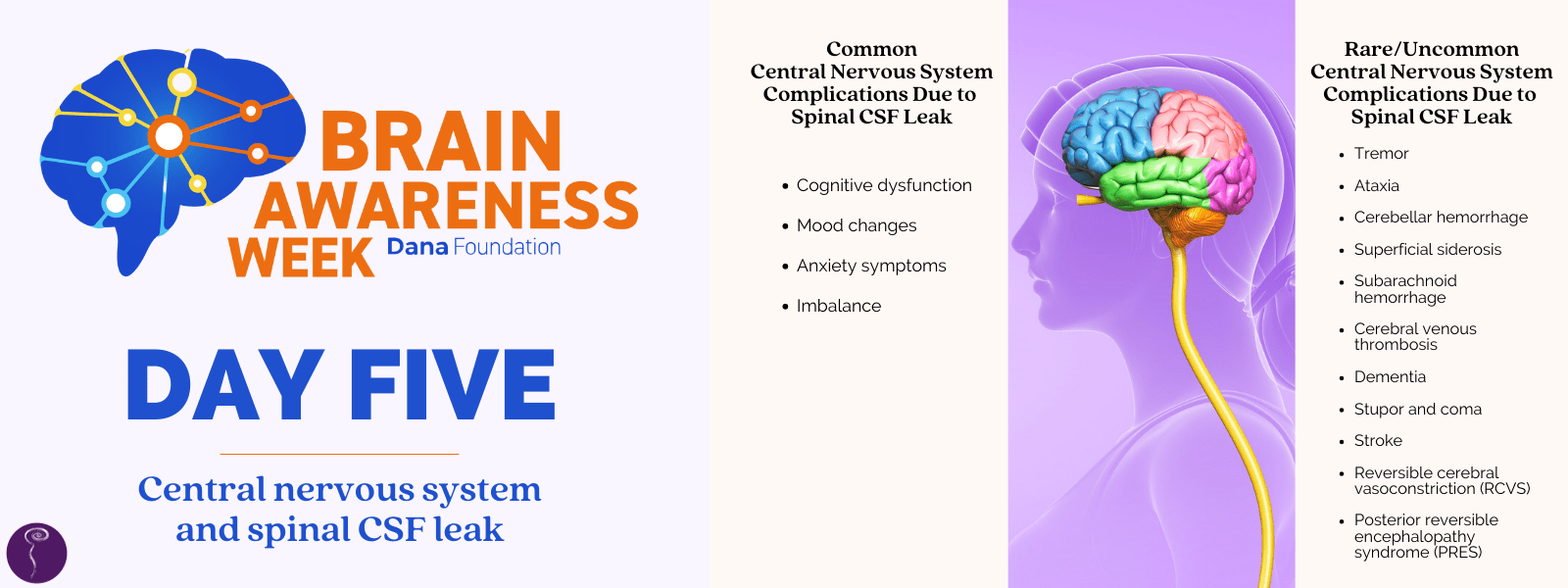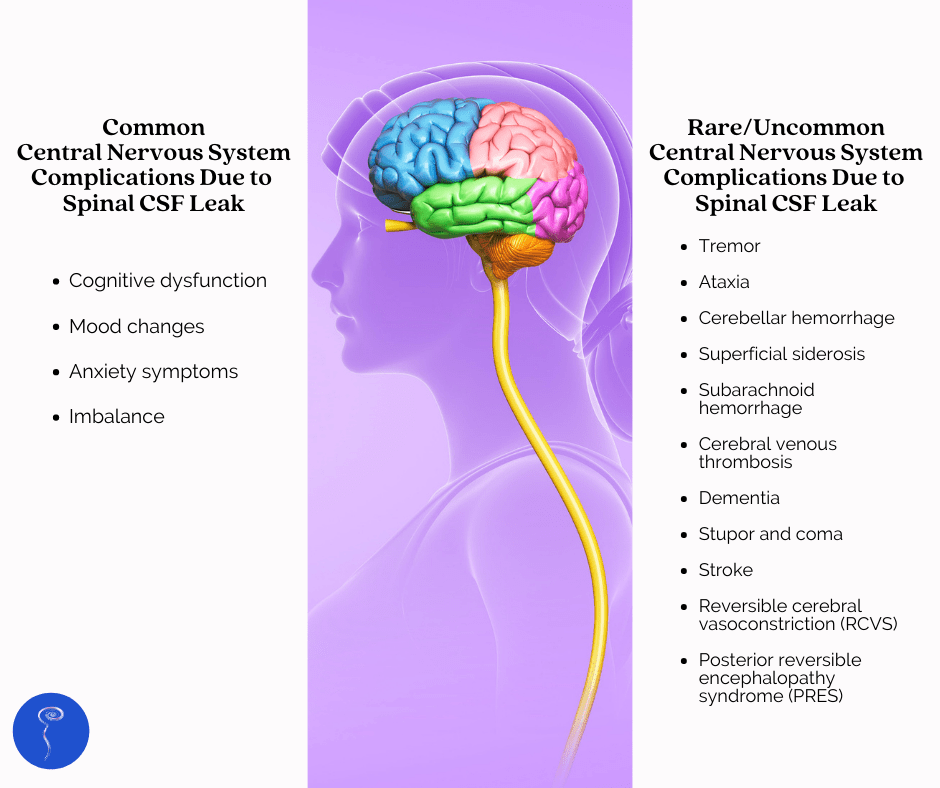
The Central Nervous System
The central nervous system (CNS) is composed of the brain and the spinal cord. Its main function is as the processing center for the nervous system, taking in information received through sensory systems and other parts of the body, processing that information, and sending out information to the peripheral nervous system in response. It controls most functions of the body and mind, including voluntary and involuntary movement, as well as our thoughts and emotions.
The brain
In addition to performing complex functions such as thinking, feeling, and learning, the brain is responsible for integrating sensory information and coordinating bodily functions. It interprets information from our eyes, ears, nose, tongue, and skin, as well as our internal organs, and transmits that information via the spinal cord to the rest of the body.
The spinal cord
The spinal cord is a long flexible column of nerve tissues that connects to the brain via the brain stem. It then extends downwards along the spinal canal, the bony channel formed by the spine. Generally, in most adults the spinal cord is about 18 inches long.
The spinal cord controls simple reflexes without input from the brain, but it is also a crucial conduit between the brain and the rest of the body, thanks to a network of nerves that enter into the spinal cord at the brain stem. These include 8 cervical nerves, 12 thoracic nerves, 5 lumbar nerves, 5 sacral nerves, and 1 coccygeal nerve.
Protecting the CNS
Because the CNS is so important, it is protected in several ways.
Firstly, it is enclosed in bone: the brain is protected by the skull, and the spinal cord is protected by the vertebrae of the spinal column. In addition, the brain and spinal cord are further protected by three layers of tissue called meninges. These three layers are called the pia mater (from the Latin for “soft mother”), the arachnoid mater (so called due to its spider web–like appearance), and the dura mater (from the Latin for “tough mother”). The dura mater is the top layer, found directly under the bones of the skull and vertebrae.
Finally, the entire CNS is bathed in cerebrospinal fluid, a clear, watery substance that allows the brain and spinal cord to become buoyant, cushioning the brain and spinal cord from potential damage. Cerebrospinal fluid (CSF) also assists in the removal of brain metabolism waste products (especially during sleep), the accumulation of which can interfere with normal functioning of the brain.
How does spinal CSF leak affect the CNS?
When there is a tear, hole, or other defect in the dura mater along the spine that allows cerebrospinal fluid to leak out, this is called a spinal CSF leak. The loss of fluid can affect the body and brain in many ways. Central nervous system complications from intracranial hypotension (low CSF volume) due to spinal CSF leak may or may not be directly related to the low CSF volume but are very frequently reported.

Common effects
- Cognitive dysfunction (concentration, memory, problem-solving, etc),
- Mood changes
- Anxiety symptoms
- Imbalance is also very common and appears to have several mechanisms.
Severe complications
Severe complications as a result of intracranial hypotension from spinal CSF leaking are uncommon or rare but do occur. Prompt recognition and treatment of many of these are of critical importance.
- Tremor mimicking Parkinson’s disease
- Ataxia
- Cerebellar hemorrhage
- Superficial siderosis
- Subarachnoid hemorrhage
- Cerebral venous thrombosis
- Dementia (such as behavioral-variant frontotemporal pattern)
- Stupor and coma
- Stroke
- Reversible cerebral vasoconstriction (RCVS)
- Posterior reversible encephalopathy syndrome (PRES)
Further reading:
For more on diagnostic challenges and central nervous system involvement in spinal CSF leak, please see the following articles:
Diagnostic challenges in spontaneous intracranial hypotension
Case Report: Tremor and Ataxia from Spontaneous Intracranial Hypotension
For more on one family’s experience with spinal CSF leak’s effects on the central nervous system, please see Rex’s story:
Recovery for Mandii’s dad – a spinal CSF leak story

